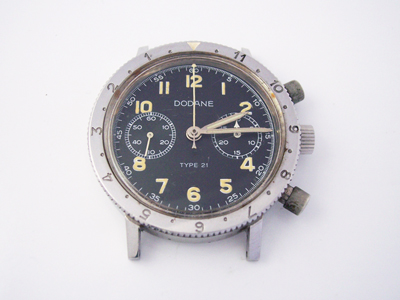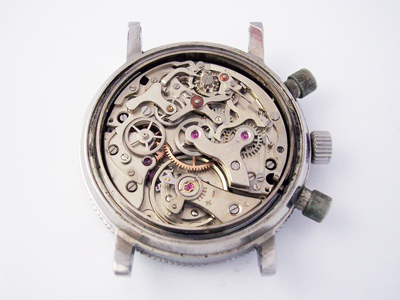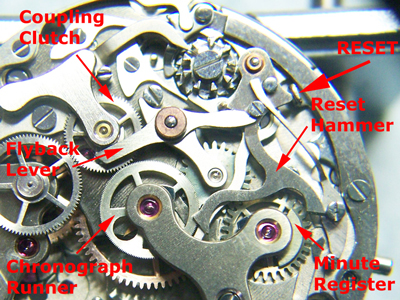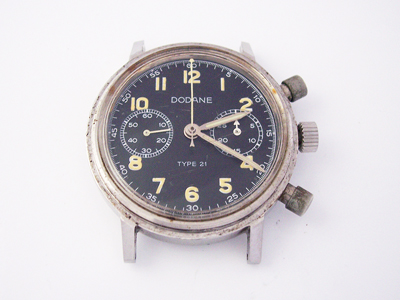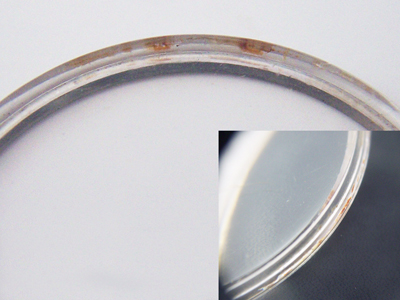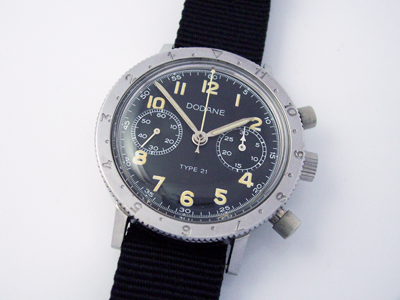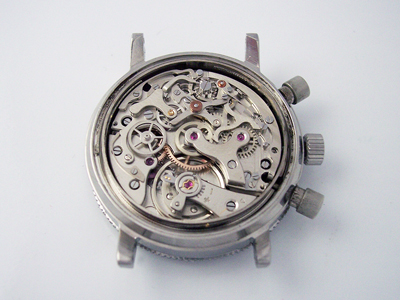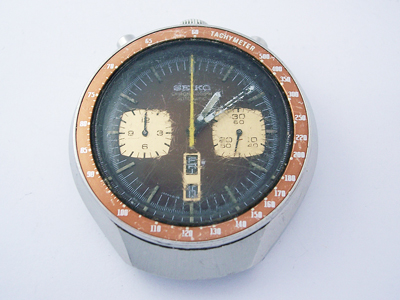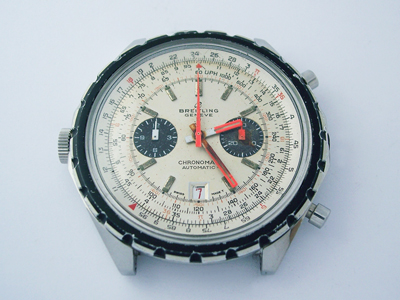Another military watch on the blog and another new brand, this time it’s Dodane.
(Click pictures to enlarge)
Dodane is a French watchmaking company with a rich history. Founded in 1857, five generations of the family have been involved with the development of the Dodane brand which is still in business today. Originally opened as a watchmaking and ebauche workshop in the Doubs region of France, the company has relocated twice, first to Morteau in 1905 and later to Besançon where the company is still located today.
Well known for their links with the armed forces and aviation in particular, Dodane has been supplying chronographs and instruments to military personnel for decades, making them one of the longest standing suppliers to NATO.
The watch in this post, the Type 21, is something of a classic and was developed in response to a request from the French military for a flyback chronograph. The predecessor to this watch, the Type 20 was the first model to meet the specifications in the 1950’s and the Type 21 followed in the 1960’s after a request for improved readability and easier maintenance. The new brief was met by six manufacturers; Breguet, Dodane, Auricoste, Vixa, Airain and Boullier so you’ll see vintage Type 21 models from all these brands, the Breguet being arguably the most collectable.
The watch in this post is a model from the 1970’s which arrived running and in reasonable cosmetic condition. Inside the case is a Valjoux cal. 235 which is effectively a Valjoux cal. 23, modified to increase the beat rate from 18,000 to 21,600 bph and to include a flyback lever.
A flyback lever (highlighted below) allows the chronograph to be reset without having to stop the chronograph first, which is particularly useful when timing operations in quick succession.
When the reset button is pressed the flyback lever pivots and lifts the coupling clutch away from the chronograph runner and the reset hammer moves across its normal arc, resetting both the chronograph runner and minute register to zero. When the reset button is released, the reset hammer returns and the coupling clutch is lowered once more onto the chronograph runner and timing restarts.
As you can see from the picture above, the movement was in good condition and needed no more than a routine service and a new mainspring to bring it back to its best.
From a cosmetic point of view the watch wasn’t in bad shape either, although there were a few areas that needed to be addressed. The first two were straight forward; the pushers had tarnished and were brought back up to spec. by carefully removing the discolouration with a scratch brush, and the triangle on the bezel had been filled in with paint at some point which was not right. On this model the bezel markings should all be unfilled, so the paint was removed.
The final issue was a little more involved as there were patches of rust visible under the crystal.
A little rust had formed under the bezel so I assumed that rusty water had seeped into the gap between the crystal and case and it would be an easy clean-up job once the crystal had been pressed out. Unfortunately that wasn’t the case. When the crystal was removed from the case, I found that the discolouration was actually inside the body of the crystal itself.
Being an original crystal, after 40 or so years the acrylic becomes brittle and shrinks. Small cracks had formed towards the lower edge of the crystal allowing the rusty water to seep into the body of the crystal over time. I like to keep things original wherever possible, but with no way of removing these stains, the only option was to fit a new crystal.
With the movement service and the cosmetic issues resolved the watch could be rebuilt, here’s the result.
Rich.
** Many thanks to David Budd for letting me feature his watch on the blog. **

